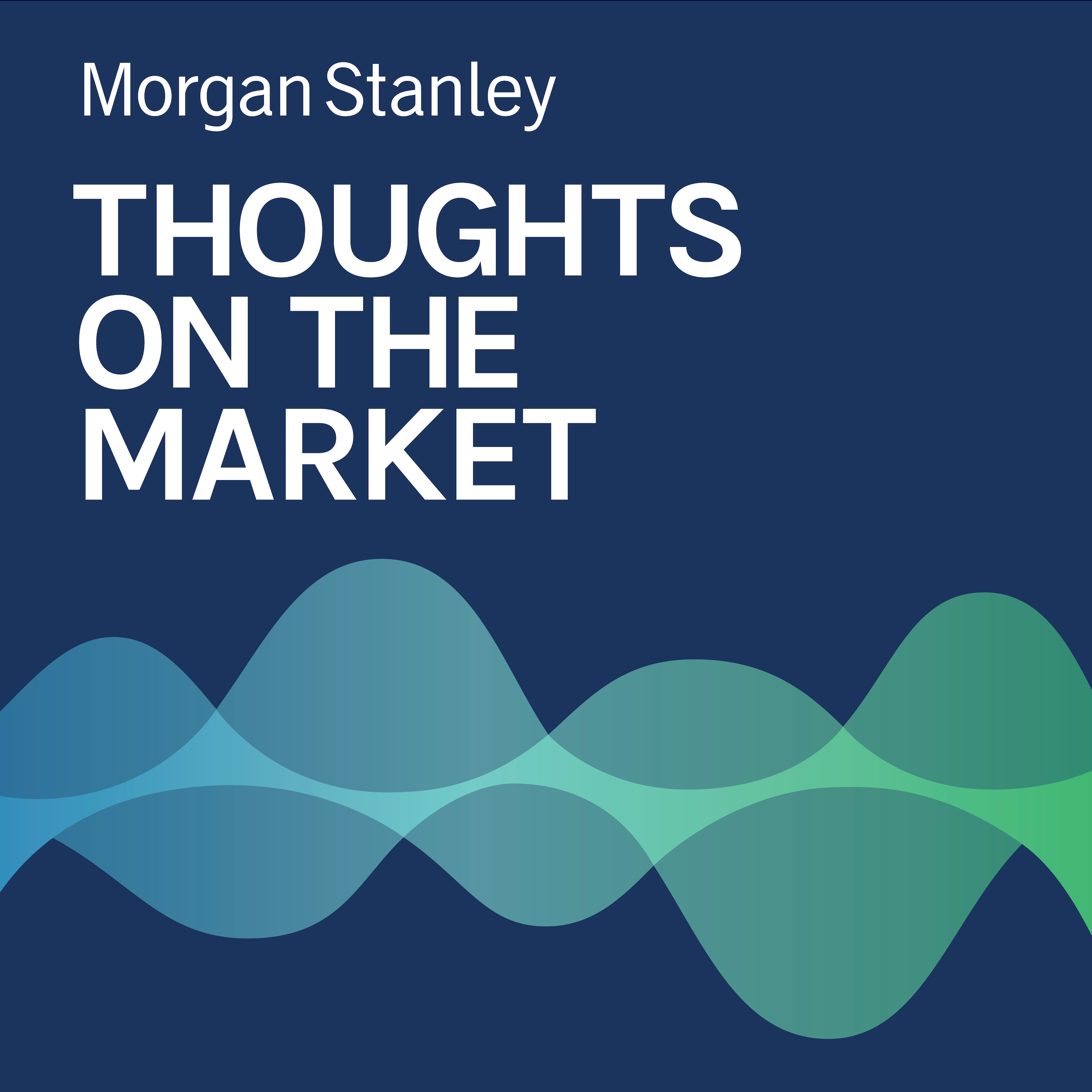Matt Hornbach: What to Watch for When Markets Get Meta

Inflation rates, commodity prices and central bank policy are tied together through self-referential loops. With today\u2019s FOMC meeting, it is worth a closer look at these meta dynamics.
----- Transcript -----
Welcome to Thoughts on the Market. I'm Matthew Hornbach, Global Head of Macro Strategy for Morgan Stanley. Along with my colleagues, bringing you a variety of perspectives, I'll be talking about global macro trends and how investors can interpret these trends for rates and currency markets. It's Wednesday, November 3rd at noon in New York.
Is there anything more "meta" than commodity markets, headline inflation rates and inflation markets? The Google dictionary, using definitions from Oxford languages, defines the adjective \u2018meta\u2019 as "self-referential, referring to itself or to the conventions of its genre." A great example would be a website that doesn't review movies, it reviews the reviewers who review movies.
Rates markets can get pretty meta as well. Commodity prices, inflation rates reported by the government and inflation rates traded in the market often mirror each other in a self-referential loop. When investors see commodity prices going up, they think that inflation rates will go up, so they buy inflation linked bonds. That drives inflation rates in the market higher, which makes othes investors believe that inflation will be a problem, and so they buy commodities as a hedge for higher inflation, which drives commodity prices even higher. And so, the loop continues.
This self-referencing loop wouldn't be as problematic if actual inflation reported by the government, which looks at price changes in the past, didn't have a big impact over market-based measures of inflation, which look at what inflation might average in the future. But they do have an impact, especially when movements in actual inflation have been big, like they have been recently.
Another check on the self-referencing loop is supposed to be how central bankers react to movements in inflation rates in the marketplace, especially those that relate to inflation over a longer period of time, like five to 10 years in the future. Central bankers know that inflation rates in the market include both expectations and risk premiums. And because central bankers are primarily interested in inflation expectations, they use surveys of consumers and professional forecasters, as well as statistical models, to extract those expectations from market prices.
Still, when inflation rates in the market move to extremes, central bankers get nervous, just like investors. And therein form something else that's very \u2018meta,\u2019 the self-referential loop that includes investor fears, central banker fears, market pricing of central bank policy and central bank policy itself.
It's no wonder that the markets which price the most hawkish central bank policy paths are also the markets that priced the highest inflation rates in the future, and we can't blame investors for allowing this market behavior to persist. I'll give you an example. Looking back to the second half of 2014, the dramatic decline in oil prices allowed the market in Europe to price much lower inflation rates in the future, and the European Central Bank responded by announcing its quantitative easing policy in January 2015.
But what goes up \u2013 in this case, commodity prices, inflation rates in the market and the pricing of more hawkish central bank policies \u2013 can also come down. And given the meta nature of these markets, investors may want to pay close attention to what is happening to commodity prices today.
For example, some of the recent supply chain and commodity disruptions have peaked in futures markets like lumber, thermal coal, and natural gas. In addition, the cost of shipping many commodities, such as coal and iron ore, have also peaked.
This leaves us feeling that the pricing of central bank policy in markets is increasingly at risk of reversing somewhat. We flag today's FOMC meeting as possibly the last major central bank meeting that could spur even more hawkish pricing of central bank policy.
In other words, investors should realize that markets are pricing the high rates of inflation we've experienced \u2013 in part driven by higher commodity prices \u2013 to continue for some time. And markets are priced for central banks to respond aggressively. But what if commodity prices fall from here? Investors should be prepared for the "meta" nature of these markets to reprice central bank policies again, but this time in a more dovish direction.
Thanks for listening. If you enjoy Thoughts on the Market, please take a moment to rate in reviews on the Apple Podcasts app. It helps more people find the show.